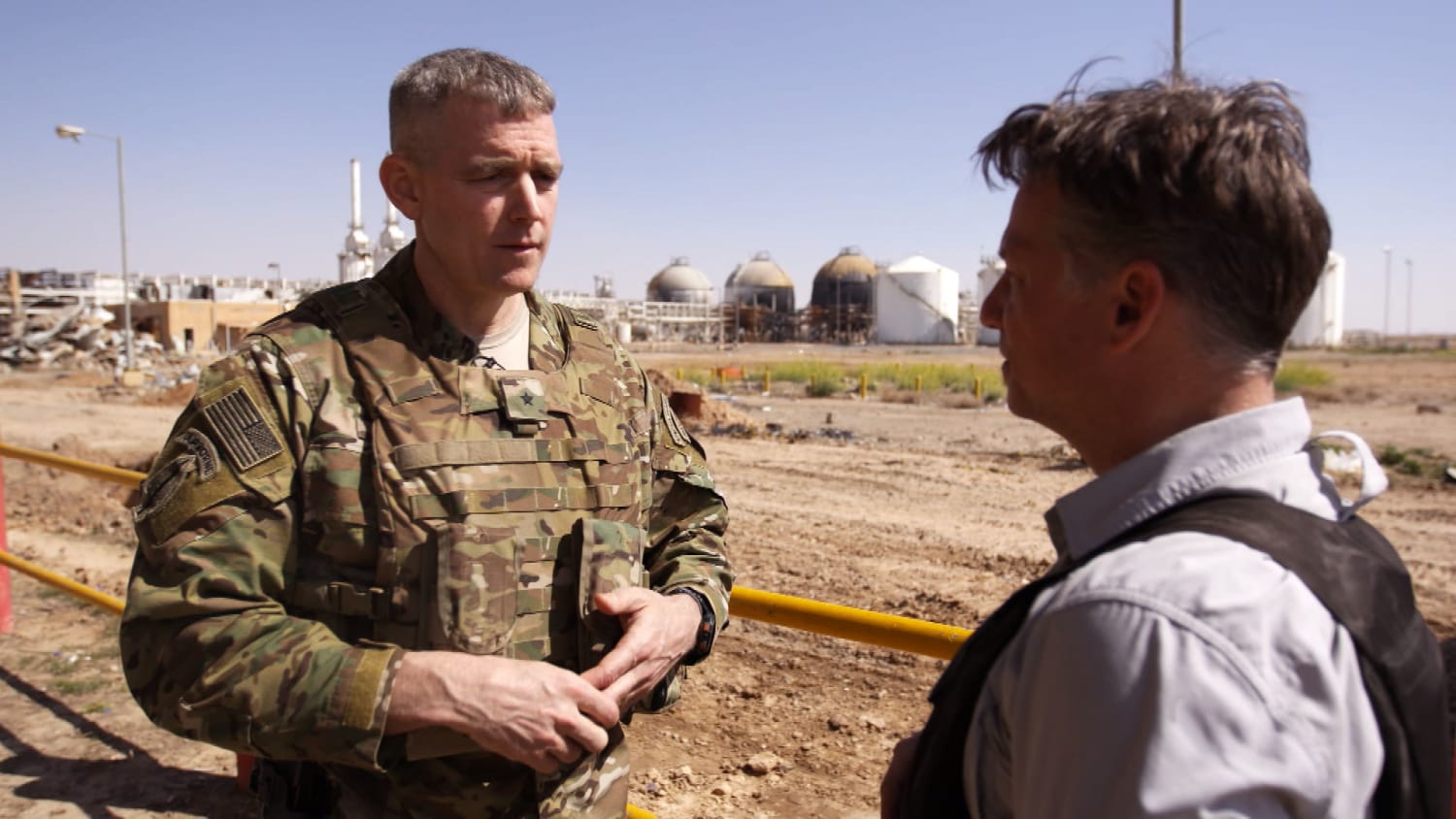Escalation of Conflict in Idlib: A New Offensive Against Assad’s Forces
On Thursday, a radical Islamist faction initiated the largest military offensive against Syrian regime forces since 2020. The operation, launched by Hayat Tahrir al-Sham, a group designated as a terrorist organization by the U.S., targeted approximately a dozen towns and villages under the control of President Bashar al-Assad’s forces in the northwest Aleppo province. This significant escalation in violence prompted immediate responses from Russian and Syrian air forces, who moved to counter the advancing Islamist fighters in the war-torn Syrian Arab Republic.
A Complex Web of Alliances and Conflicts
The ongoing conflict in Syria has evolved into a complex battleground involving various actors classified by the United States as state sponsors of terrorism. This includes the Assad regime and its key ally, the Iranian government, now engaged in conflict with a Turkey-backed Islamist insurgency. Adding to the unfolding crisis, the situation is further complicated by Russia’s sustained military support for Assad, which has drawn criticism and accusations of war crimes against Russia for its aggressive actions in Ukraine.
Timing of the Offensive: A Response to Global Tensions
The launch of this offensive follows a ceasefire agreement between Hezbollah, the Assad-aligned Lebanese militant group, and Israel, which brought an end to over 14 months of continued conflict. Rebekah Koffler, a former U.S. defense intelligence officer and expert on Putin, noted that the timing of the offensive aligns suspiciously with U.S. military actions. The Biden administration’s authorization of ATACMS missiles for Ukraine is posited as a catalyst prompting Russia to escalate its military support for Assad, sending a message of defiance in global geopolitics.
A Pattern of Escalation
Koffler characterized the Syrian situation as a prime example of what she terms “Putin’s Playbook.” She articulated that the Russian strategy typically entails a doctrine of “escalate to de-escalate,” suggesting that Moscow is not only increasing its military engagement in Syria but is also positioning itself to leverage negotiations concerning Ukraine. Koffler warned that such strategies could threaten the stability of the entire region and lead to escalated violence perpetrated by Assad’s regime, which might resort to employing chemical weapons in the conflict once again.
The Need for Russian Air Support
As the Islamist rebels pushed forward, experts highlighted the critical role of Russian air support for Assad’s forces. Alex Grinberg, an Israeli authority on Russian affairs, underscored that without the rigorous backing of Russian airstrikes, the Syrian army struggles to effectively counteract the advances of Hayat Tahrir al-Sham. This reliance on Russian military intervention is seen as a routine approach employed to strengthen the Assad regime’s grip on power amidst growing opposition.
Losses on the Ground: Iran’s Heavy Involvement
Amidst these developments, Iranian state-controlled media reported the significant loss of Brigadier General Kioumars Pourhashemi of the Islamic Revolutionary Guards Corps (IRGC) during the Aleppo offensive. Pourhashemi’s death highlights Iran’s deep involvement and strategic interests in the Syrian conflict, as the Islamic Republic continues to deploy thousands of fighters to support Assad’s regime, comprising not only IRGC personnel but also numerous Shiite militia groups from across the region.
The Rebel Response
In responding to the escalating violence, the Islamist rebels claimed their actions were motivated by the recent surge in Russian and Syrian airstrikes targeting civilian areas in the southern Idlib region. The rebels accused Assad’s forces of amassing troops in preparation for an impending offensive, which they deemed necessary to preempt and counteract. Turkish security sources corroborated claims that Assad’s forces had retreated from several positions, noting an initial limited scope of the rebel operation that expanded as the regime forces pulled back.
The Broader Humanitarian Crisis
The ongoing conflict that reignited in Syria over a decade ago has created a humanitarian disaster, with over 500,000 lives lost and millions displaced. A UN-backed commission recently reported that nearly 30,000 children in Syria are currently experiencing severe human rights abuses, emphasizing the dire human cost of the conflict. The Syrian civil war, which began in 2011 with peaceful pro-democracy protests, has transformed into one of the most catastrophic conflicts in modern history, involving a tangled web of local and international stakeholders.
Conclusion: The Way Forward
The latest military actions in Northwest Syria signify a troubling escalation in a conflict already marked by suffering and devastation. As global powers continue to engage in a strategic tug-of-war in the region, the plight of the Syrian people remains dire. The complexities of alliances and the interplay of foreign interests challenge the prospect of peace, raising concerns about the future trajectory of the conflict and the urgent need for a comprehensive resolution. The international community must take heed of the human rights abuses occurring amid the violence and strive for a renewed commitment to humanitarian assistance and conflict resolution to avert further tragedy.
